Chasing after the (impossible) Paris climate goal
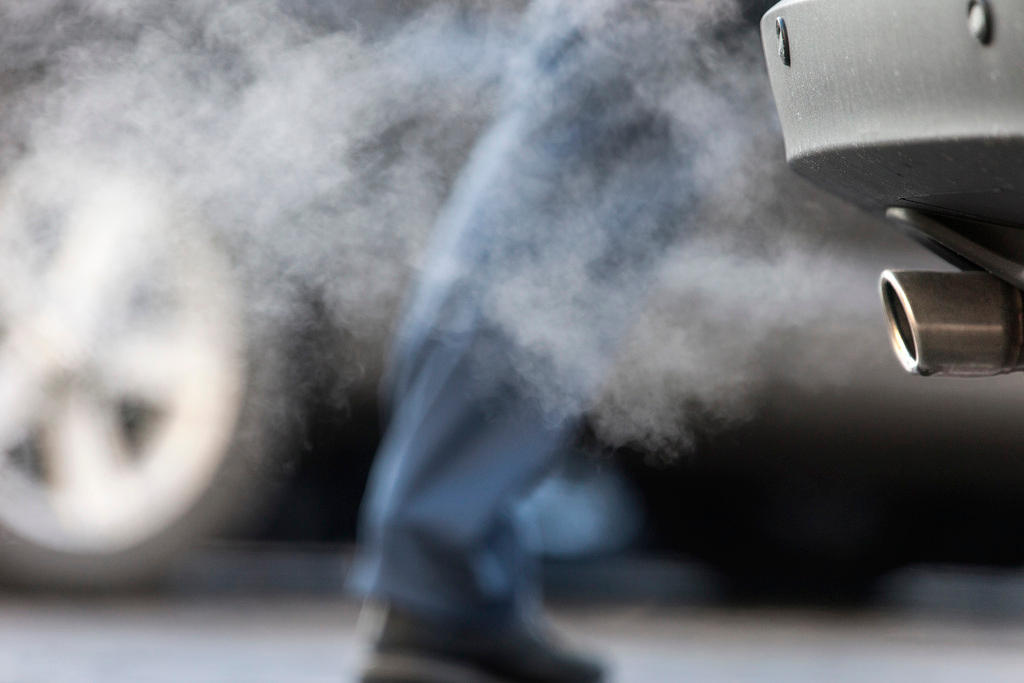
Now that the Paris Climate Agreement has entered into force, Switzerland will have more say at international negotiations on climate change. But the aim of limiting warming to 2 degrees Celsius seems out of reach.
“Now it’s time to take things seriously,” confirmed Jürg Staudenmann, coordinator of Climate AllianceExternal link Switzerland, which comprises around 60 humanitarian and environmental organisations. With the entry into force of the agreementExternal link on November 5, 2017, the country will be able to participate for the first time as an official member in the conference of parties to the accord.
“From a legal point of view, Switzerland will have more weight during the negotiations. It should, however, also take on full responsibility in terms of reducing emissions, and financial support for the fight against climate change in developing countries,” he said.
This will happen soon, too, as the next UN Climate Change ConferenceExternal link will be held from November 6 to 17 in Bonn, Germany. Environment Minister Doris Leuthard will be attending the second week, her office has confirmed.
For Franz Perrez, who is heading the Swiss delegation to Bonn, one of the priorities will be to establish some ground rules for setting national emission reduction goals. “According to the Paris Agreement, each signatory country should draw up a new goal every five years. Switzerland wants this to take place in a transparent and quantifiable fashion,” he said.
There should also be binding rules for market-based instruments addressing climate change, such as emission reduction certificates, which allow measures to be carried out where they are most cost-effective – i.e., in poorer countries. “We are hoping for provisions that ensure the environment is respected, and which also outlaw measures being counted twice,” Perrez said, referring to having the same result attributed to two different countries.
Temperature limit
Adopted in the French capital in December 2015, the Paris Climate Agreement is the first truly universal international climate accord. Nearly all the countries in the world – 195 – have signed it. The big exceptions are Syria and the United States, the latter of which announced this summer that it would withdraw from the deal.
The accord sets out to limit warming to “well below 2 degrees Celsius” and calls for “continuing efforts to limit the increase to 1.5 degrees Celsius” compared to the pre-industrial era. It also wants a review of mandatory commitments “every five years” from 2020, as well as an aid boost of $100 billion (CHF100 billion) annually for climate measures in developing countries from 2020. Countries should strive to reach peak emissions as soon as possible, and reach a balance between human-caused emissions and removal by carbon sinks in the second half of the century, it states.
The agreement differs from the Kyoto ProtocolExternal link in that is does not fix precise emission reduction goals. This is up to the signatory states, on a voluntary basis. Switzerland has pledged to halve its CO2 emissions by 2030 (from 1990 levels), through national measures (30%) and projects abroad (20%).
Switzerland: not ambitious enough
Switzerland has three instruments for protecting the climate, pointed out the Climate Alliance’s Staudenmann. “There is the CO2 law, which is currently being reviewed; the Energy Strategy 2050External link; and international cooperation,” he said. However, Switzerland lacks a long-term vision, the climate and environmental policy expert believes. “Apart from Energy Strategy 2050External link, Switzerland’s horizon stops at 2030. It’s not a true long-term climate policy, which is what the Paris Agreement recommends.”
The new CO2 law, which is due to be discussed in parliament in the first half of 2018, is “not ambitious enough”. “The country’s national reduction goals should be increased, particularly for the transport, building and industrial sectors. In its current form, the proposed law won’t allow for the Paris aims to be reached,” added Staudenmann.
Efforts lacking
A calculationExternal link carried out on behalf of the environmental organisation WWF and published recently found that Switzerland would have to drop its CO2 emissions to zero by 2038 in order to fulfil the agreement’s temperature objective. This would mean no longer using oil and all the other fossil fuelsExternal link.
The two-degree objective seems out of reach if current measures around the world are taken into account. A United Nations report published at the end of October warnedExternal link that as things stand, even full implementation of current national pledges makes a temperature rise of at least 3 degrees Celsius by 2100 very likely.
“Should the United States follow through with its stated intention to leave the Paris accord in 2020, the picture could become even bleaker,” the UN said.
Translated from Italian by Isobel Leybold-Johnson

In compliance with the JTI standards
More: SWI swissinfo.ch certified by the Journalism Trust Initiative

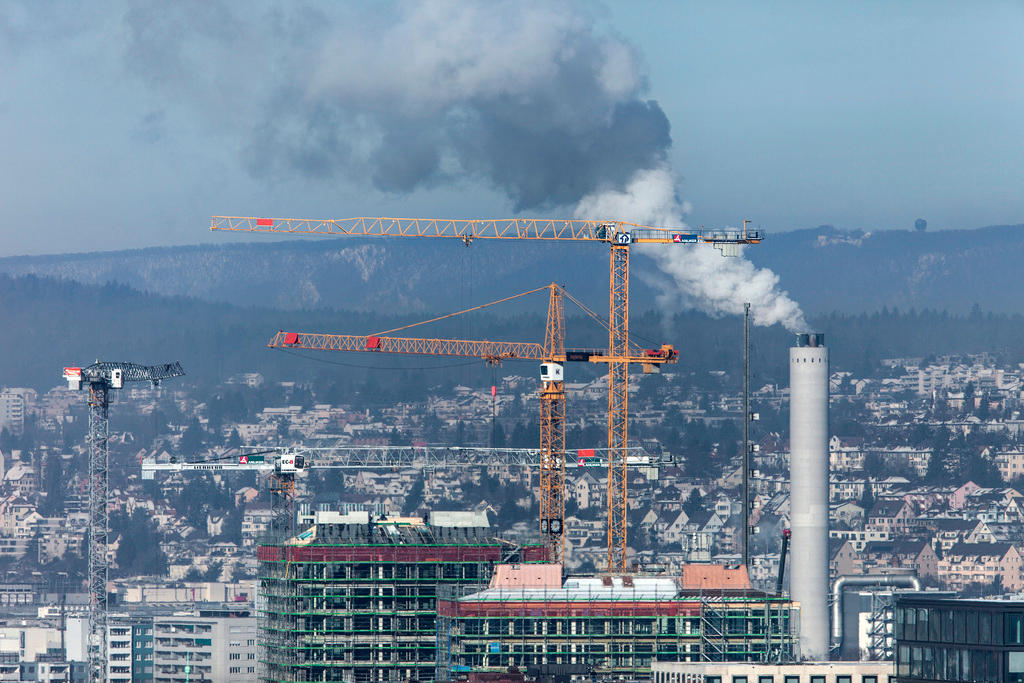
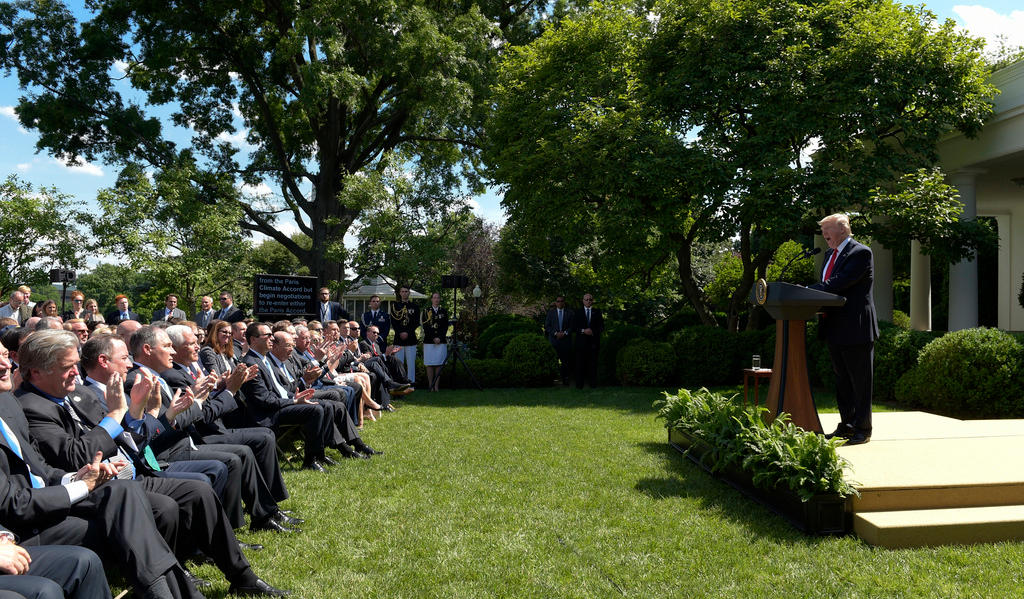

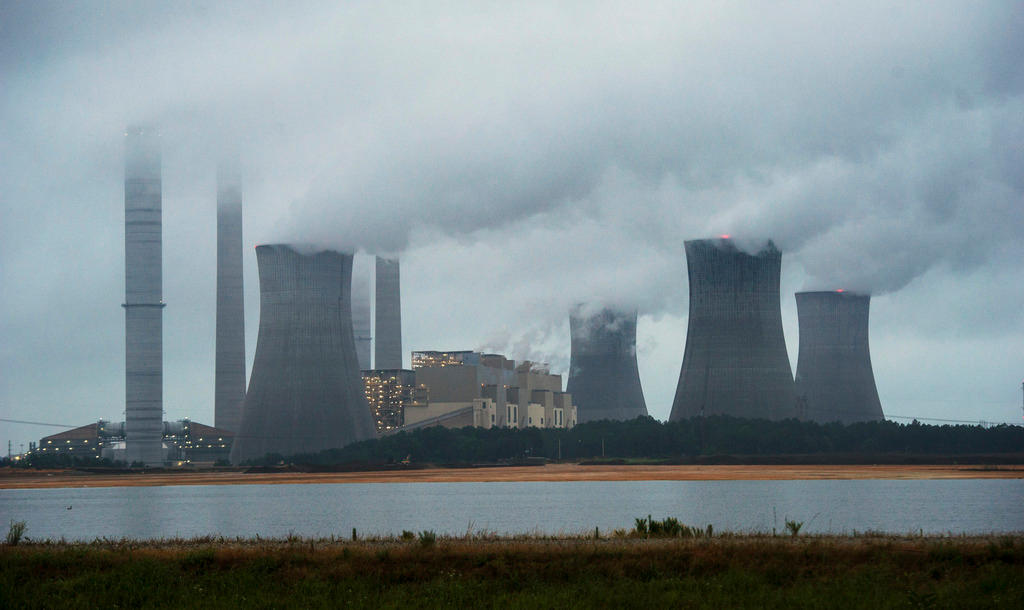
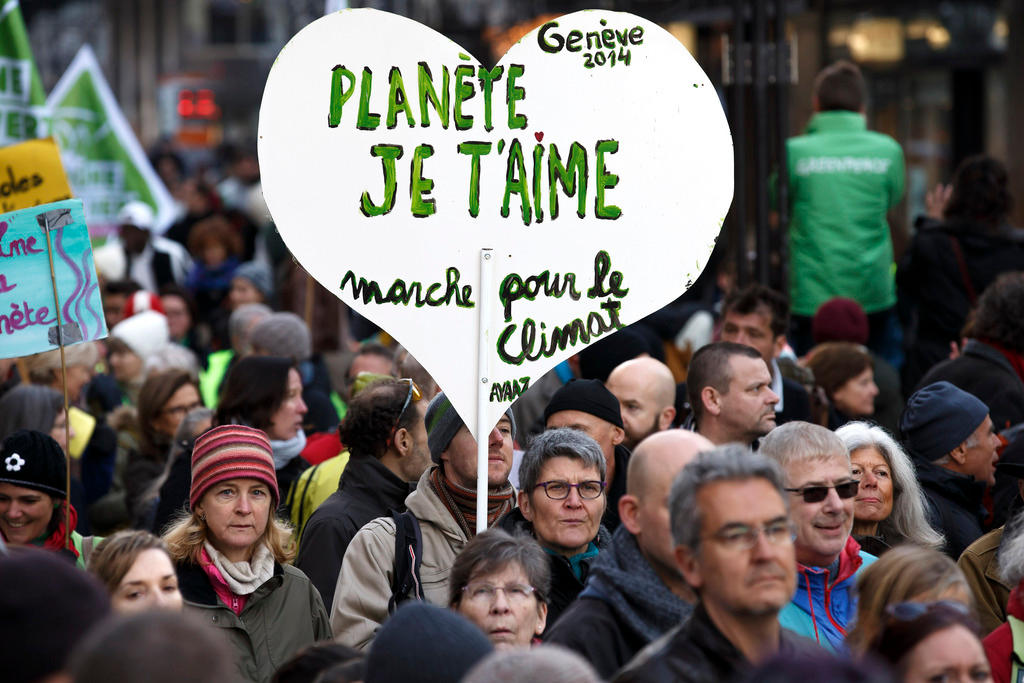

You can find an overview of ongoing debates with our journalists here. Please join us!
If you want to start a conversation about a topic raised in this article or want to report factual errors, email us at english@swissinfo.ch.